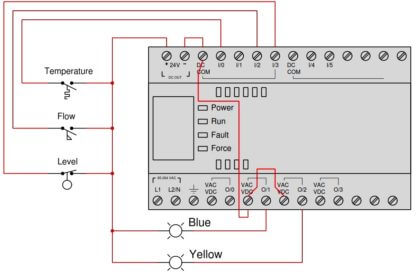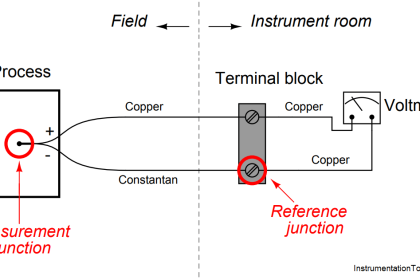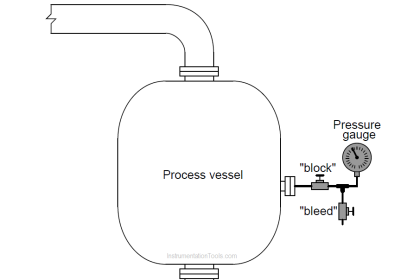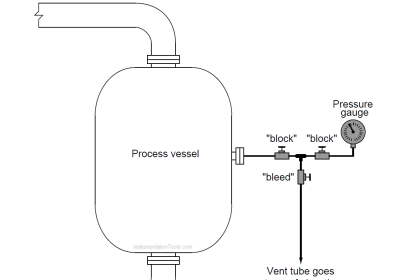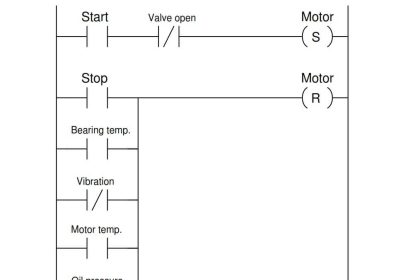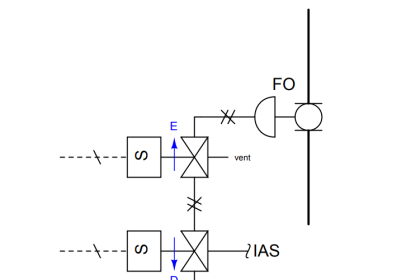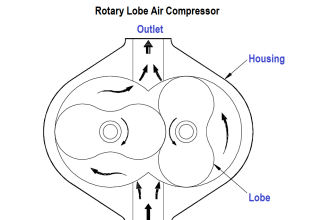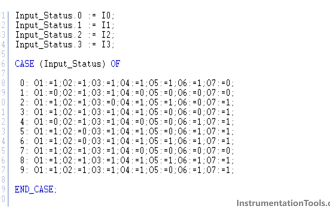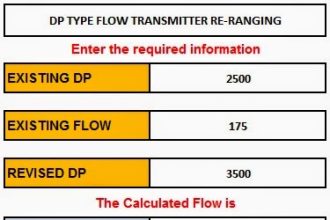Suppose the operator of this distillation process calls you to investigate a high-level alarm he is receiving on LAH-58.
Operator doesn’t think this should be happening, because LIC-38 registers a liquid level of 5’-1” in the bottom of the tower, which is a bit less than setpoint (5’-4”).
High Level Alarm of Distillation Process
Your first test is to measure the current signal from LT-38a, and you find that to be 10.67 mA (LT-38a is ranged 3’-0” to 8’-0”):
Identify which faults could account for this problem. Find out the below mentioned problems are possible or impossible?
- LSH-58 failed
- LAH-58 failed
- LSL-57 failed
- LAL-57 failed
- LT-38a calibration error
- LIC-38 (input) calibration error
- FIC-37 (input) calibration error
Answer
It is highly unlikely that LT-38a is at fault because the controller (LIC-38) receives the median-selected signal from three different level transmitters.
In order for the 10.67 mA signal to be incorrect, at least one of the other two level transmitters (LT-38b or LT-38c) would also have to be experiencing the same calibration error! In other words, this scenario would require coincidental faults, which are highly unlikely.
The below list shows the possible and impossible scenarios.
- LSH-58 failed – Possible
- LAH-58 failed – Possible
- LSL-57 failed – Impossible
- LAL-57 failed – Impossible
- LT-38a calibration error – Impossible
- LIC-38 (input) calibration error – Impossible
- FIC-37 (input) calibration error – Impossible
Share your answers and explanation with us through the below comments section.
Read Next:
- Purge Level Transmitter
- PLC Alarm Acknowledge
- Vessel Calibration Range
- Total Hydrostatic Pressure
- Valve Flow Direction
Credits: Tony R. Kuphaldt

